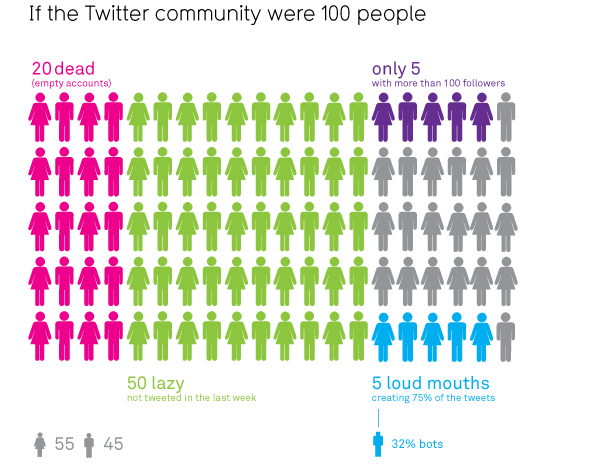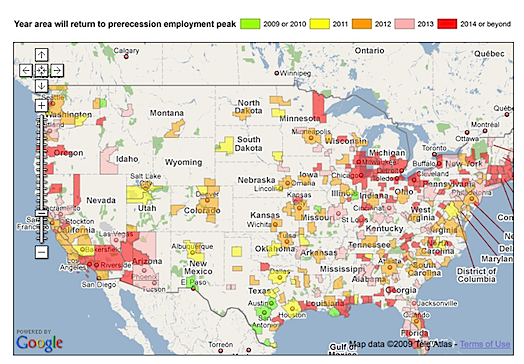An updated edition of my book, Future Files, is coming out in Aus/NZ in October. Here’s the new preface.
“Time is a sort of river of passing events, and strong is its current; no sooner is a thing brought into sight than it is swept away by another and takes its place, and this too will be swept away.” — Marcus Aurelius.
As far as inevitable shocks go the global financial crisis that started in late 2007 and got serious towards the end of 2008 was a real beauty. Not surprisingly it caught many people off guard. But to me the only shocking thing was that it hadn’t happened earlier. The first edition of Future Files was written in late 2006 and early 2007 and I mentioned that I thought that the global economy would eventually collapse due to a combination of high levels of debt and the newly networked nature of risk.
This proved to be absolutely correct although I’m not claiming any particular insight here. The ‘what’ is often quite easy if you stand still long enough to look at things properly. It’s the ‘when?’ that’s extraordinarily difficult and I didn’t even attempt to put a date against when I thought this event would occur.
As to what will happen next to the economy this is impossible to say, largely because we haven’t been in this position before. If the financial crisis were short, which I believe it will be, especially in Asia, then I would expect that we would be back to our wicked ways without so much as a backward glance. Greed and stupidity will return alongside margin loans, materialism and the rather ridiculous idea that happiness can be acquired much like a consumer product. Hence the return of words such as fear, austerity, thrift, restraint and utility will be temporary. There will be some changes. Interest rates and inflation will both go up again and the environment will move centre stage once more (cue oil at US$150 a barrel and rising). As a result we will embrace science and technology to solve many of our problems but beyond this I believe that life will carry on much as before.
There is, of course, a second scenario. If I am wrong and the recession is decade deep then I believe that people will start to question things in a profound way. We will challenge growth as being the most important measure of the economy and we will learn to live with less. We will enjoy it too. Life will become less about what you want and more about what you can live without. We will seek to simplify things and live more locally. Politics and business will become more values-driven and transparent. We will rediscover family and community and we will seek fairness. Greater happiness will result by default. This probably sounds like a remake of the 1960s, and perhaps it is, but I don’t believe that we are ready to live like this quite yet. It will, unfortunately, take a crisis much bigger than anything we have recently seen to create such a shift.
So what else has been going on since the first edition? To be honest it’s a bit odd to be asked to write an updated version of this book because it’s supposed to be about the next 50 years. Hence being asked to update things so soon seems a little premature. Nevertheless, I think an update is a good idea.
A lot can happen in a few weeks, let alone a few years. Even the climate change issue (something that is substantially set in the future) seems to have shifted noticeably of late. There has also been a rash of new books about the next 50 and 100 years. Did any futurist writers see these books coming I wonder?
The aim of this new edition is much the same as the first. It is intended to open peoples’ eyes to what is going on – right now – and to discuss where some of these things might lead in the future. Its purpose is to imagine alternative futures.
The aim of this second edition is also to update any facts and figures and to comment briefly on any developments that I believe are significant. However, I have chosen not to change what is, in a sense, an historical record of where I thought things would go over the next 50 years from the perspective of late 2006/early 2007.
I have therefore left the main text of each chapter totally alone and simply added any updates, comments or thoughts after each chapter. I have also created a new set of Postcards from the Future because these seemed to capture people’s imagination the first time around, possibly because they contained some concrete examples of what life might be like in the future.
I always used to say that I don’t make predictions. But I was clearly deluding myself. If you are writing about the future the one thing that people seem to want beyond all else is a prediction about new things that will be invented and familiar things that will fade away. And the more outlandish these predictions the better. This is a game that I have now become used to playing. I even enjoy it, not because I seriously think that some of these predictions will be proven correct, but because predictions are a useful way to have a conversation about the future. Predictions drag people out of their preconceptions and one can have very specific debates about future possibilities. My aim is therefore not to predict per se but to use predictions to open up a discussion about future risks and opportunities.
The only other thing that I have changed is the quotations at the start of each chapter. This is not because there was anything wrong with the old quotations but because I have stumbled upon, or been sent, further quotations and it seemed a shame not to use them in some way. Finally, the book now has its own website. If you get a chance visit futuretrendsbook.com. Here you’ll find hundreds of sources and references
as hyper-links and lots of other useful information about future trends.
—




